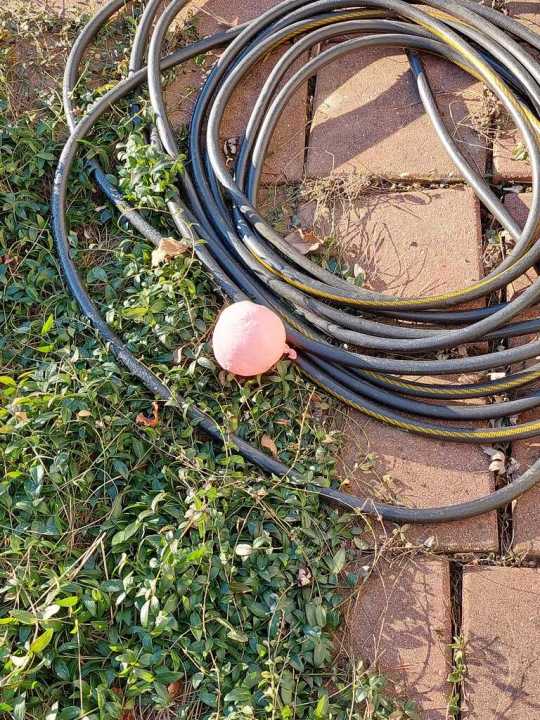COLUMBUS, Ohio (WCMH) — A colorful balloon release might seem like a harmless way to celebrate special occasions, but it can have unintended and serious consequences.
According to power company FirstEnergy, in Ohio last year, balloon-related incidents caused dozens of power outages, disrupting homes, businesses and essential services. The provider warns that foil balloons can conduct electricity when caught in power lines, damaging equipment and causing blackouts because of their metallic coating.
The company, which owns and operates Ohio Edison, Illuminating Company, and Toledo Edison utilities in the Buckeye State, recommends weighting the balloons, then puncturing and deflating them when the event is over so they do not float away.
Additional safety tips include avoiding decorating with balloons near overhead wires and never trying to untangle a balloon caught in a power line. FirstEnergy recommends calling the power company to solve the issue.
If the situation involves a downed or low-hanging power line, people should always assume the wire is live and anyone who touches it risks electrocution. In those cases, 911 should be called immediately.

FirstEnergy credits educating consumers about balloon hazards with decreasing recent power failures. Outages involving balloons decreased from 122 in 2021 to 109 in 2024, across FirstEnergy’s coverage area.
“While our community outreach has helped reduce balloon-related outages from previous years, people of all ages can help keep the lights on in our local communities by understanding the steps to take to eliminate the dangers posed by foil balloons,” said Lisa Rouse, director of distribution system operations at FirstEnergy.
The 109 power outages in 2024 included:
Ohio:
• The Illuminating Company – 13 balloon-related outages
• Ohio Edison – 18 balloon-related outages
• Toledo Edison – 9 balloon-related outages
Pennsylvania:
• Met-Ed – 18 balloon-related outages
• Penelec – 8 balloon-related outages
• Penn Power – 1 balloon-related outage
• West Penn Power – 12 balloon-related outages
West Virginia and Maryland:
• Mon Power – 3 balloon-related outages
• Potomac Edison – 5 balloon-related outages
New Jersey
• JCP&L – 22 balloon-related outages

Additionally, a post on Nextdoor highlighted other dangers that loose balloons of all kinds can cause in the environment. Featuring a photo of a deflated balloon littering their backyard, the original poster had a message for neighbors.
“PSA, This is what happens when you send balloons up in the sky,” wrote the community member. “They come down — somewhere. If we had let our dog out unattended, like many of you do, in our fenced backyard, she would have eaten it and it could have killed her. Please find a different way to celebrate!”
A flood of comments followed, many pointing to the harms to wildlife.
“NO balloons should ever be released into the air!! Save our animals & oceans!!!” said one neighbor.
“This kills wildlife as well,” added another writer. “It is a known issue, but people continue to do it.”
One person shared their personal experience with the disturbing outcomes of balloon releases.
“I spent 3 weeks every summer on Lake Michigan for 22 years,” the writer stated. “Every time I saw dead cormorants, ducks and loons on the beach with balloons and ribbons wrapped around their legs and necks. They come down somewhere and don’t just litter, they kill.”
Another Nextdoor member referenced the disastrous 1986 “Balloonfest” in Cleveland, where more than a million balloons were released to raise money for the United Way. The mass of balloons caused chaos with traffic, air travel and boats on Lake Erie. A search for two fishermen who capsized in a boat the night before had to be called off due to interference from the inflatables. The men were eventually found days later.
“Trust me, I grew up during the great balloon release in the 80s in Ohio and it was a catastrophe!” the person recalled. “I will never forget what we learned back then about balloon releasing!”










